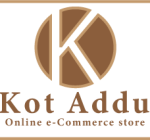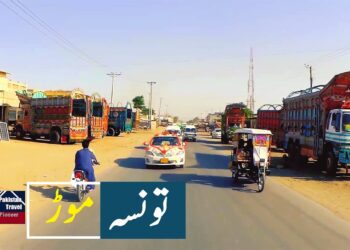🗣️ Linguistic Diversity of Kot Addu
🌍 1. Saraiki (سرائیکی) – The Dominant Language
- Spoken by approximately 80% of the population.
It serves as the primary language for daily communication, business, agriculture, and cultural expression.
Closely related to Punjabi but with its own grammar, vocabulary, and poetic tradition.
Saraiki folk songs, Sufi poetry, and local literature hold a central place in community life.
🏞️ 2. Punjabi (پنجابی)
Spoken by around 11–12% of residents, primarily in areas closer to central Punjab or among migrant communities.
Understandable to most Saraiki speakers due to linguistic overlap.
Used in trade and occasionally in media or family settings.
🏙️ 3. Urdu (اردو) – National Language
Widely understood and taught in schools.
Used in official communication, education, and interethnic dialogue.
Often spoken in formal settings or when interacting with outsiders.
⛰️ 4. Pashto (پشتو)
Spoken by about 2–3% of the population, largely among Afghan-origin families or Pashtun traders.
More common in specific pockets of the city or among seasonal labor migrants.
🌐 5. English – Emerging Among Educated Youth
Not a native language but commonly taught in schools and used in higher education.
Gaining ground in professional and academic environments, especially in private schools and colleges.
📊 Approximate Language Distribution
| Language | Estimated Percentage | Primary Usage |
|---|---|---|
| Saraiki | ~79–80% | Native, everyday conversation |
| Punjabi | ~11–12% | Secondary native, trade, migration |
| Urdu | ~4–5% | Education, official use |
| Pashto | ~2–3% | Specific communities |
| English | <1% | Education, professional use |
🧭 Cultural & Social Implications
- Saraiki identity is deeply tied to Kot Addu’s rural roots, Sufi traditions, and poetic heritage.
Linguistic pluralism contributes to peaceful coexistence and cultural exchange.
Government and NGO literacy programs often use bilingual models (Saraiki/Urdu) to promote education.
📚 Language in Education & Media
Government schools primarily teach in Urdu and English.
Saraiki is used in early education and informal learning environments.
Local radio and regional TV often broadcast in Saraiki and Punjabi.




























